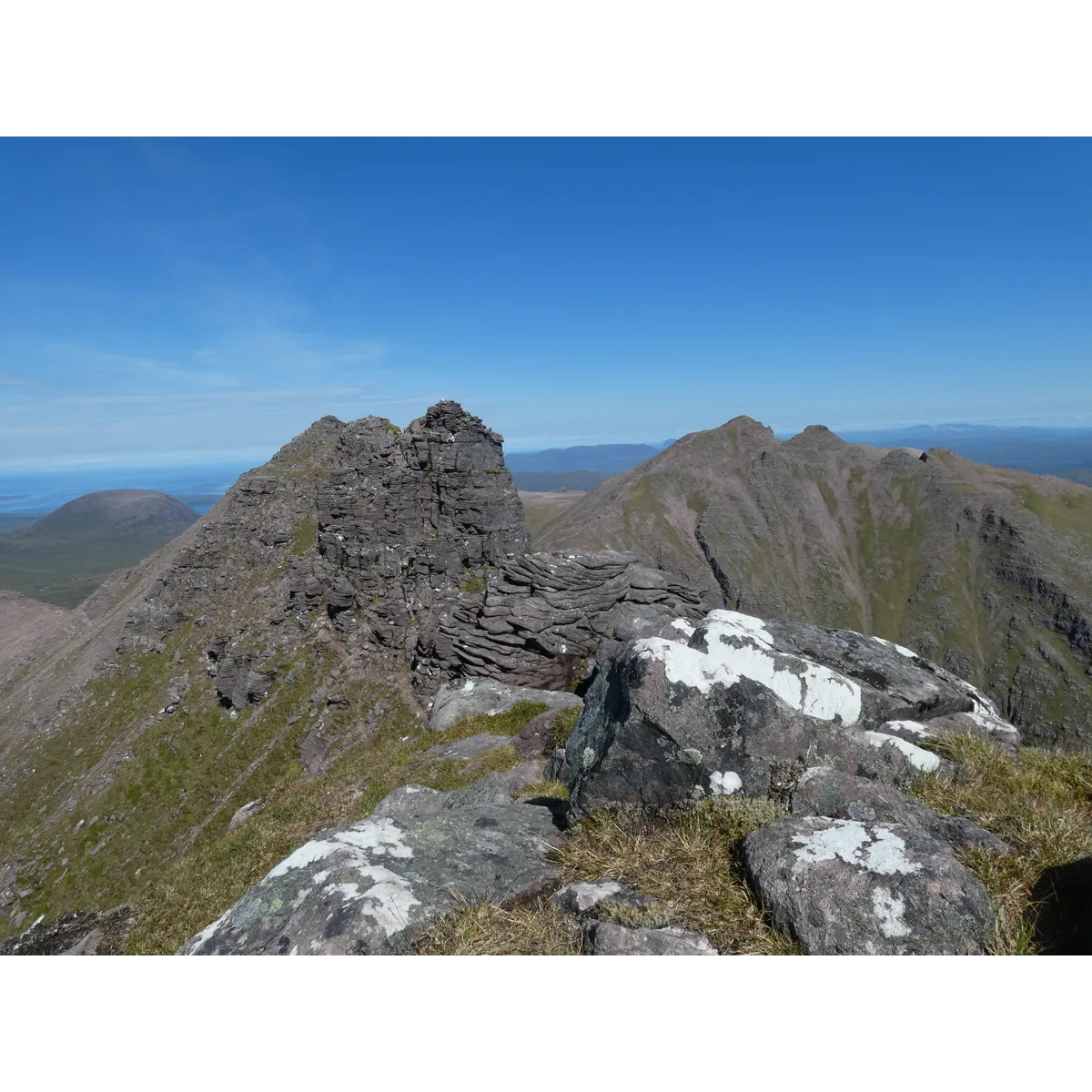Quality Mountain Days: What’s Changed and What You Need to Know

I’ve been having a few conversations recently about what makes a “quality mountain day.” You’d think this topic would be tired and outdated, but it keeps coming up. And in truth, no matter what I say here, if you head up a mountain you’ve never been to before and enjoy a good walk, you’re already gaining a quality mountain day.
The simple act of choosing a new mountain, figuring out parking, deciding your route, and finding the start of your climb should be enough for a day to be well on the way to QMD status. However, the definition of what qualifies as a "quality mountain day" has been tweaked in recent years. What used to be a more lenient set of guidelines is now a stricter checklist. To tick the boxes, you’ll need to meet all of the following criteria:
- Participate in planning and leadership.
- Explore an unfamiliar locality.
- Ascend a mountain.
- Use navigation skills.
- Increase your knowledge and practice relevant skills.
- Exercise judgement and decision-making.
- Spend at least five hours on the journey.
Meeting all seven targets does require some planning. Still, I’d argue that simply heading to a mountain you’ve never climbed before will put you on the right track. You’ll need to make decisions and judgments along the way - and that’s what matters. But the length of time and specific criteria do need to be taken seriously. For example, a quick navigation-practice outing won’t count as a "quality mountain day." Similarly, if you’re revisiting a mountain you’ve climbed before, it probably won’t qualify. And yes, a walk that lasts just 4.5 hours likely doesn’t meet the standard - but let’s be honest, no one’s going to time you, and it’s unlikely to be scrutinized by others.
A word of caution, though: I’ve heard of a candidate whose walk was rejected because an assessor said that, according to the OS Mapping app, the journey should have taken less than five hours. While I don’t know any assessors who would usually take such a hard line, it’s a reminder to follow the rules carefully. In practice, a mountain you’ve never climbed before should naturally take more than five hours anyway.
When it comes to the areas where quality mountain days are recognized, the list includes iconic locations like Eryri, the Lake District, and the Scottish Highlands. That’s not to say other areas can’t offer valuable mountain experiences, but they may not always meet the same standard. For instance, areas like the Berwynion or the Yorkshire Dales are not on the official list; while these regions do have high terrain, they don’t always fit the “mountainous” criteria. It’s a tough pill to swallow, especially for those who love the Dales or the Berwynion, but it’s an important distinction. Bannau Brycheiniog, on the other hand, is on the list but doesn’t feel greatly different from the areas mentioned above. The official list uses the phrase “mountainous country includes…” which suggests it isn’t comprehensive, yet I know one candidate who had a day turned down because the area wasn’t on the list.
Personally, I’d prefer it if the Dales, the Berwynion, Bannau Brycheiniog, the Mourne Mountains, and a few of the other Irish ranges were officially classed as hill and moorland leader terrain. That would help clarify which areas are mountainous for the purposes of QMDs - but I don’t make the rules! The Training Board does.
If you’re serious about becoming a Mountain Leader, or staying current in the qualification, you should be venturing to Scotland, for example, even if it’s not the most convenient choice. Eryri, the Lake District, and Scotland should be on your must-visit list. If you’re in Ireland, head to places like Kerry or Donegal. All of these areas offer the kind of terrain that will really test and hone your skills.
To recap: The definition of a quality mountain day has become more specific. You now need to meet all the listed criteria, not just some. Leadership, planning, an unfamiliar location, mountain terrain, navigation, and at least five hours of walking - all these elements should be present for it to count as a “quality mountain day.” So, get out there, explore new peaks, make decisions on the go, and make sure your logbook reflects your experience.
If you’re unsure whether your day qualifies, don’t hesitate to send your logbook to your assessor before the assessment. An assessor should review your logbook beforehand - if they refuse, find a different assessor. It’s critical to have everything in order before you even step foot in an assessment. I hate those deferrals for an incomplete consolidation period, especially when the candidate has otherwise passed.
Happy walking, and good luck on your mountain adventures!


















